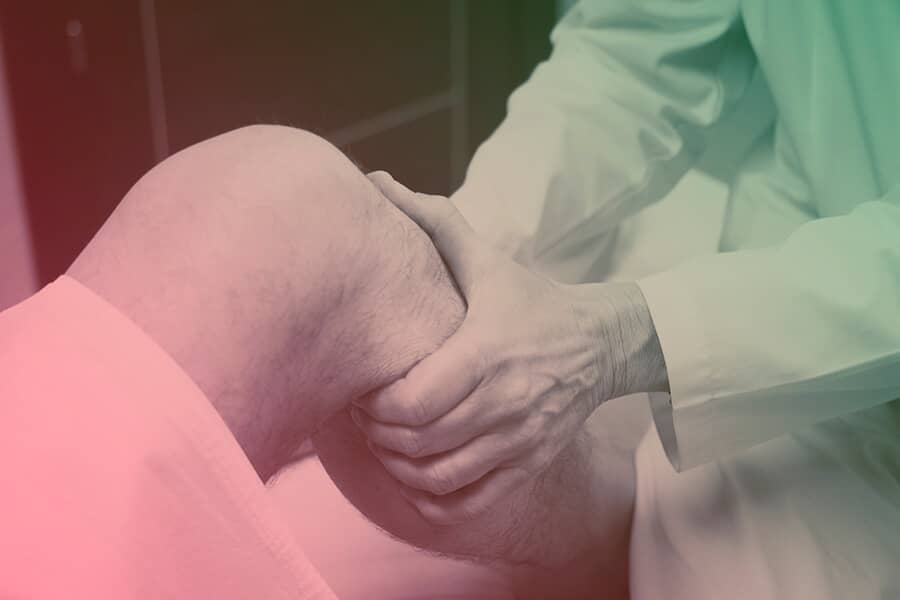
Cartilage restoration has provided a great treatment option for people, mostly athletes, who have injured or damaged their cartilage, which does not heal on its own. Modern technology and innovations in surgery have made it possible, bridging the gap between traditional joint replacement surgery and symptom relief.
Full thickness chondral defects in the knee joint (known as cartilage damage)is a painful condition that is caused from a violent twist or shear injury. This creates a painful crater in the surface of the knee joint that leads to pain, swelling and limited activities. This condition is diagnosed by MRI scan or knee arthroscopy (surgical procedure to look inside the knee) since X-rays do not show this injury. These lesions rarely heal and require a surgical procedure termed “cartilage restoration” to resurface the damaged area of the knee joint surface.
There are different surgical strategies to treat this injury depending on lesion location and size and age. Thanks to modern approaches, there are now many ways to repair damaged cartilage. However, some of the available cartilage restoration options have not yet been approved in the US, particularly the unorthodox ones. So if you want trusted and proven treatment, the following are the most commonly referred to by specialists and professionals: Microfracture, Autologous Chondrocyte Implantation, and Osteochondral Autgraft.
Cartilage damage usually affects the athletes. Since athletes need to return to sport as soon as possible, they need a reliable surgery with fast and successful recovery. Studies show that many athletes can return to sport after a successful cartilage restoration surgery. In fact, the return rates of each type of cartilage restoration surgery are as follows: Microfracture -75%, Autologous Chondrocyte Implantation (carticel or maci) – 84%, and Osteochondral Autgraft (OATS) – 89%.
- Microfacture
This surgery is an older technique that is still used to repair damaged cartilage. It’s the most inexpensive cartilage restoration treatment. However, it’s not the best treatment there is. It slowly loses its durability five years after the surgery.
- Autologous Chondrocyte Implantation
This is more modern and innovative than microfacture. In fact, experts believe that it has significantly outperformed microfacture. In this cartilage restoration, a combination of tissue engineering techniques and cell therapy are employed. The cartilage cells are grown and produced first before the bio-engineered implants are placed. Since it’s a more modern approach and has higher return rate, it is more expensive than older and traditional techniques.Cartilage Restoration
- Osteochondral Autgraft (OATS)
Of the three main cartilage restoration surgeries, this is the one with the highest return rate. It successfully restores, not just repairs, the hyaline cartilage. It involves transferring a small cartilage or bone from a healthy part of the patient’s knee and placed such in the damaged cartilage to let it naturally grow and produce. It’s more expensive, but it is more efficient and effective than the first two treatments.
The surest way, as always, of finding out which cartilage restoration surgery is best for you is to consult a specialist. You can check out TarlowKnee if you want your knee treated. We are knees-only orthopaedic surgeons. We provide advanced knee care and treatment such as cartilage restoration surgeries.
Make an appointment with us today.

Dr. Tarlow is the only Orthopedic Surgeon to limit his practice to encompass Adult Reconstruction and Sports Medicine for the diagnosis and treatment of knees. Dr. Tarlow’s practice focuses on excelling in the art of Knee Diagnosis and Surgery. He performs the full spectrum of Knee Surgery from Knee Arthroscopy, ACL Reconstruction, Patellar Stabilization and Cartilage Restoration to Makoplasty Partial Knee Replacement to Total Knee Replacement to Revision Total Knee Replacement. His focus is exceptional customer service and he endeavors to exceed the diverse expectations of his patients.

